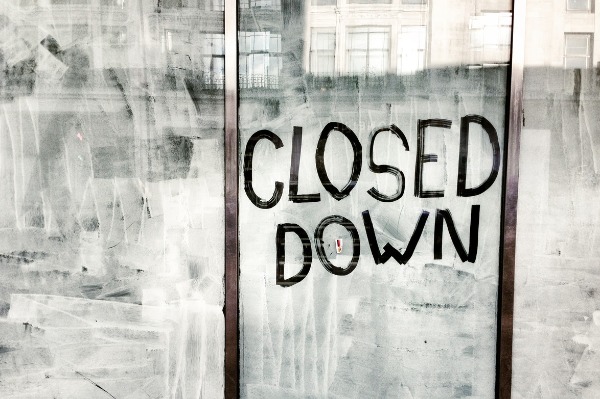TIAO Renews Calls for Debt Relief

New research indicates the 45% of Canadian tourism businesses are at risk of closure due to debt and industry associations are calling on the government for debt relief.
With the support of Tourism Industry Association of Ontario and other members of the Provincial and Territorial Tourism Industry Association (PTTIA), the Tourism Industry Association of Canada (TIAC) has released new survey research showing that 45% of Canada’s tourism businesses may close within the next three years without government intervention into their mounting debt load.
Conducted by Nanos Research, the survey found that 55% of tourism sector businesses are not confident that they will have the ability to repay the Canada Emergency Business Account (CEBA), the Regional Relief and Recovery Fund (RRRF), and the Highly Affected Sectors Credit Availability Program (HASCAP) loans in the next two years. 51% of tourism businesses reported having over $100,000 in outstanding debt from loans, lines of credit, or other credit facilities, with almost one-third (29.7%) of all operators reporting more than $250,000 in outstanding debt.
Based on these findings, TIAC, TIAO (as a member of the PTTIA), and the PTTIA are calling on the federal government to help address this important issue by:
- Extending the zero-interest repayment deadline for the CEBA loan to December 31, 2025
- Increasing the forgivable portion of the CEBA loan to $30,000 (or 50%) if fully repaid before December 31, 2024, and maintaining the current forgivable portion of $20,000 (or 33.3%) if fully repaid by December 31, 2025
- Modifying the RRRF and HASCAP loans in a similar fashion to allow more time and flexibility in repayment terms.
CEBA, RRRF, and HASCAP loans have been critical to the survival of tourism operators. But over the course of the pandemic, TIAO has heard from Ontario tourism operators about the impact of rising debt loads on the capacity to hire necessary staff, pay competitive wages, resume full capacity operations, maintain cash flow, cover rising expenses, undergo necessary upgrades — and recover.
In TIAO’s member surveys, debt was consistently cited as hampering the recovery of tourism businesses. Debt relief quickly became one of our key advocacy files.
As of today, TIAO has been advocating for debt relief for tourism businesses for the past 22 months. Through our meetings with provincial partners, we were able to successfully advocate for the extension of the zero-interest repayment deadline for CEBA and RRRF loans (from Dec. 31, 2022 to Dec. 31, 2023), allowing more businesses to qualify for partial loan forgiveness. But given the slow pace of tourism recovery, this was not enough.
Last year, TIAO launched a campaign for debt relief, calling on the federal government to extend the zero-interest repayment deadline and to increase the maximum amount of partial loan forgiveness for CEBA and RRRF loans.
These recommendations were featured in our blueprint for tourism recovery and growth, outlined in our Federal Tourism Growth Strategy submission, provincial and federal budget submissions, and in our joint 2022 State of the Ontario Tourism Industry Report with the Ontario Chamber of Commerce. Throughout our policy roundtables with provincial leaders and federal MPs, our provincial election campaign, at conferences, and at speaking engagements, we have called attention to tourism business debt and the need for debt relief.
The release of the TIAC/Nanos research findings only point to the worsening state of tourism debt load, as operators deal with critical labour gaps, the slow return of key markets, supply chain disruptions, inflation, and rising commercial costs.
These findings renew the case for government intervention. Alongside TIAC, the PTTIA, and our industry partners, TIAO will continue to advocate for debt relief to ensure the recovery, growth, and sustainability of Ontario’s tourism industry.


